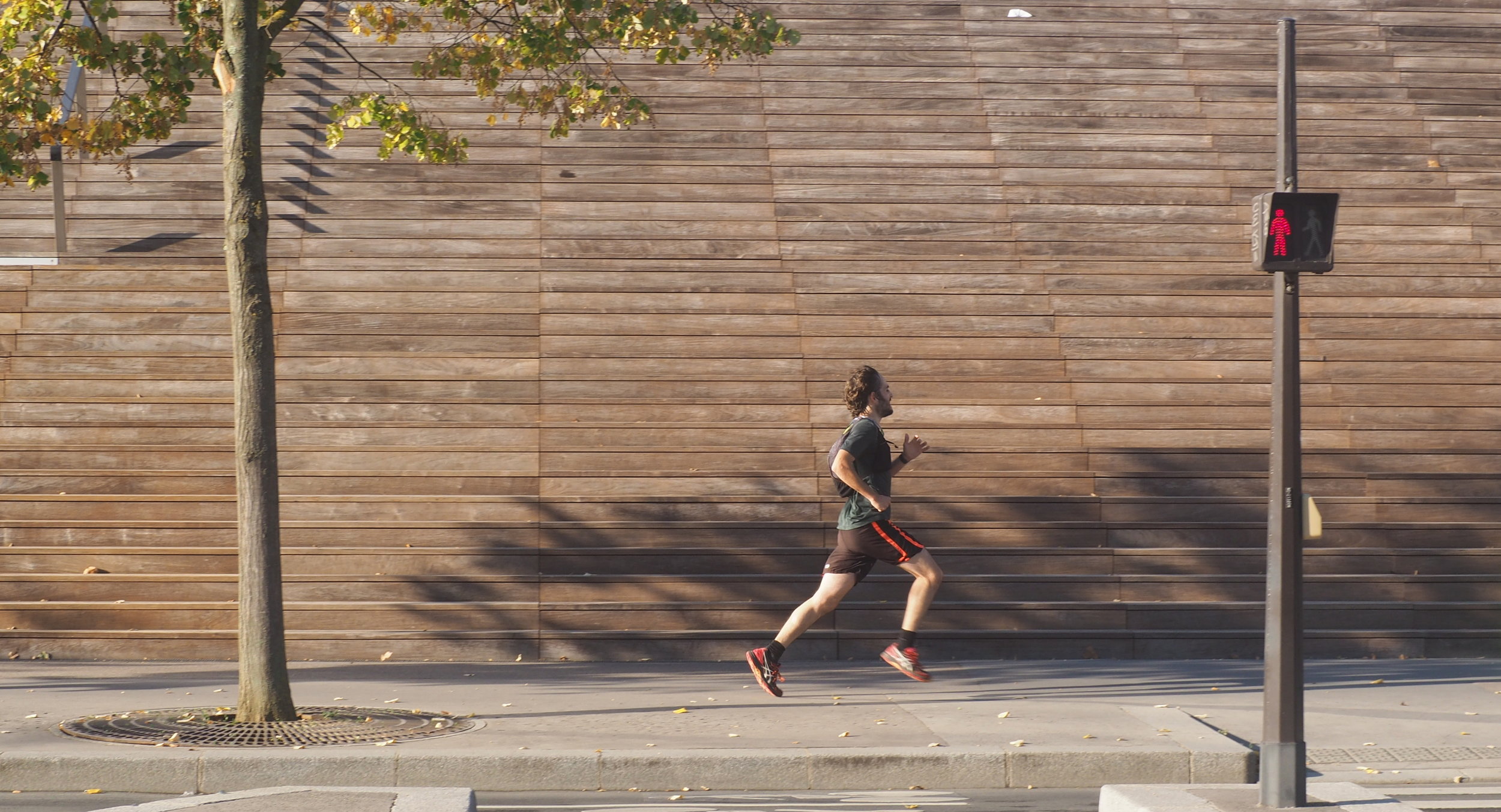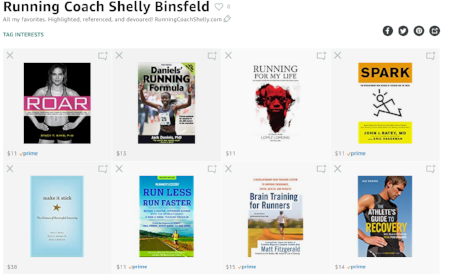#20 Fatigue Tolerance
SNAPSHOT
The entire purpose of running workouts is to develop fatigue tolerance.
DIGGING DEEPER
One of my favorite coaching podcasts is On Coaching with Magness and Marcus. Steve Magness and Jonathan Marcus are out of the box, push the boundaries, always learning coaches of elite and college runners. They started the podcast when they found themselves together discussing training and figured why not just turn on a microphone and let everyone else in on the conversation. A couple of years later they are on episode 87. I predict this most recent recording will be a listeners’ favorite, as it is already one of mine. So what I am going to share with you is totally from episode 87 with all credit given to them. I encourage you to listen to the entire over an hour recording and pick out more details and discoveries of your own.
Magness and Marcus Discuss:
There are five categories in which you can develop fatigue tolerance within a runner.
Central Nervous system (Movement Control)
Metabolic System (Cells’ Jobs)
Muscular (Muscles)
Energy (Carbs, Fat, and Protein Utilization)
Emotional (Thoughts and Feelings)
The Important Equation
stress + rest = growth
(Peak Performance book)
Without RECOVERY there is no improvement
Number ONE method of recovery = sleep
Remember, the recovery period is the source of improvement, not the activity
It takes the central nerve system 2 weeks, most likely 28 days, depending on fitness to adapt or grow more tolerant to fatigue.
Aerobic based training will have a 6 week delay in showing adaptation.
My Thoughts
I am fascinated by thinking of training within a new light (using the five categories listed above). Viewing training from a different direction can be very effective in identifying and understanding weaknesses (or strengths) within the training/recovery plans.
In 2013, I learned from my failure when I completed excellent training but matched it with poor recovery (mainly low sleep amounts). There are two parts to the equation, training and recovery, equaling adaption or growth. You must do both, train well and recover well.
It is very difficult to imagine and wait for training effects to show up 4-6 weeks later. AHHH! That is a long time within my quick results culture. However, it is true and I have seen it many times. I often say, 3 weeks. This will be easier or better in 3 weeks. If you keep a detailed log of your training you will be able to attribute the correct stimulus to the actual respondences since you will have many detailed recordings and not forgotten what you did 4-6 weeks earlier. Most of all ask yourself if you are a patient runner?
SOLUTION
A Runner’s Goal:
HIGHER FATIGUE TOLERANCE
This 30-day series is a quest for me as a writer, coach, and runner. I promise to write about running for 30 days in a row. In doing so I intend to gain in knowledge and expression of running and daily life. My hope is that we all grow together.





















